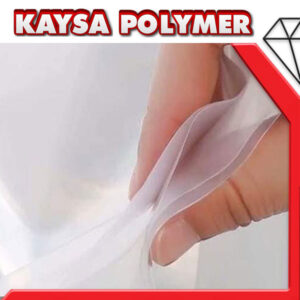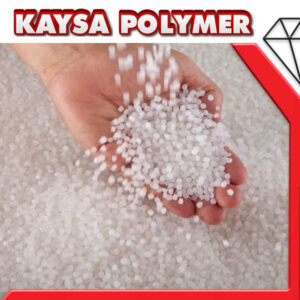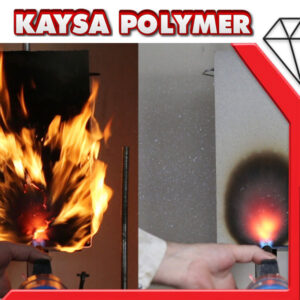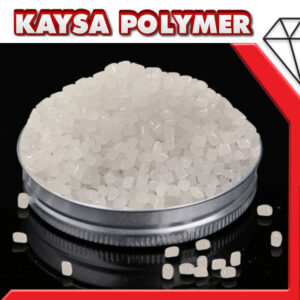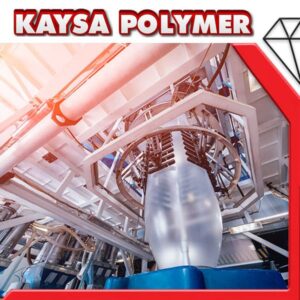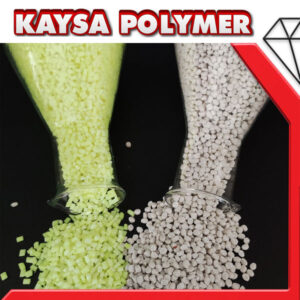Sale plastic additive
- Products
- Sale plastic additive
Showing all 7 results
A Comprehensive Guide to Selling and Buying Plastic Additive and Masterbatches
Sale Plastic additives and masterbatches play a crucial role in enhancing the properties and aesthetics of plastic products, with applications ranging from packaging materials to consumer goods. The market for these critical components especially sale polymer additive is expected to grow significantly, reaching USD 14.3 billion by 2025, with color masterbatch and LDPE & LLDPE polymers leading the demand due to their wide applications and focus on sustainability and color consistency.
As the fastest-growing region, the Asia-Pacific dominates the masterbatch market, propelled by its rapid industrialization and burgeoning consumer demand, introducing a myriad of opportunities for manufacturers and suppliers in the sector. This growth underscores the importance of understanding masterbatch qualities, including their manufacturing processes and the advantages they offer in product consistency and color concentrate, to leverage the full potential of these materials in varied industrial applications.
Types of Plastic Additives and Masterbatches
Masterbatches and plastic additives are essential components in enhancing the performance and aesthetics of plastic products across various industries. Masterbatch itself is either a solid or liquid additive, crucial for applications in sectors such as automotive, construction, consumer goods, and packaging. These materials are categorized based on their carrier polymers, types, and specific end uses, and are distributed globally.
Additive Masterbatches
Additive masterbatches play a pivotal role by incorporating features like UV resistance, flame retardancy, and improved durability into plastics. These are engineered by blending primary plastic with a precise ratio of additives to enhance the base properties or introduce new functionalities. This mixture not only meets rigorous industry standards but also satisfies consumer demands by making plastics more versatile, for example, by reducing friction, enhancing flexibility, and improving moldability.
Types and Functions
Masterbatches are broadly divided into categories such as White, Black, Colored, and Additive, each serving distinct purposes. White masterbatches, for instance, contain up to 75% titanium dioxide, known for its high refractive index and opacity, making it ideal for applications requiring vibrant whiteness and excellent covering power. Black masterbatches, containing significant amounts of carbon blacks, are preferred in applications requiring UV protection and electrical conductivity. Colored masterbatches are used extensively in consumer goods and packaging, offering a spectrum of colors, thereby enhancing the visual appeal and functional value of the final products.
These masterbatches and additives are integral in manufacturing processes like injection and blow molding, contributing to the production of a wide array of plastic products including household items, packaging materials, and industrial parts. By improving the physical properties of plastics, such as their thermal stability, color consistency, and resistance to wear and tear, these additives ensure that the products are not only durable but also aesthetically pleasing.
Choosing the Right Additives for Your Plastic Products
When selecting the appropriate additives for thermoplastic projects, it is essential to consider several key factors such as the specific application, the underlying polymer chemistry, and various process variables. For instance, if the product requires food contact safety, regulatory guidelines must be strictly followed. Additionally, the choice of flame retardants depends on the environment of application; for example, bromine compounds, while effective, may generate smoke unsuitable for certain settings.
The selection of UV absorbers is crucial and should be tailored to the specific type of plastic used, as different materials react differently to UV radiation. Similarly, the integration of free radical scavengers requires careful consideration to ensure they are compatible and properly dispersed at the molecular level. For plastics operating under the threat of ozone, antiozonants provide necessary protection, highlighting the importance of addressing less common environmental factors.
Furthermore, antimicrobial additives are increasingly popular for plastics exposed to environmental elements, helping to inhibit the growth of microorganisms on the surface. When designing plastic parts, it is advisable to define the material specifications early in the process, prioritizing materials that are readily available from multiple manufacturers to reduce risks associated with discontinuation and to lower manufacturing costs. This strategic selection process underscores the critical role of customized additive solutions in meeting specific application needs.
Innovations in the Plastic Additives and Masterbatches Sector
Recent advancements in the plastic additives and masterbatches sector are transforming the industry, driven by environmental concerns and technological innovation. Trinseo has introduced new flame-retardant PC and PC/ABS resins that are free from PFAS and halogenated additives, set to debut at CHINAPLAS 2024. Similarly, Tosaf Color Service has developed a universally applicable masterbatch carrier system that meets all common food contact requirements, while Ampacet is poised to launch ProVital+ 1101209-EM, a medical-grade white masterbatch tailored for the healthcare market.
Significant strides are also being made in the development of environmentally friendly masterbatches. Tosaf will unveil a new series of white masterbatches devoid of titanium dioxide (TiO2) at K2022, responding to concerns over TiO2’s potential health risks and the EU’s ban on its use as a food colorant. Moreover, Modern Dispersions Inc. has been working on enhancing masterbatch and compound solutions with nanocarbons, showcased at K 2022. This focus on innovation not only improves product safety and sustainability but also enhances the functional properties of plastics, making them more adaptable to diverse industrial needs.
The masterbatch market itself is experiencing robust growth, projected to reach USD 16.8 billion by 2028, growing at a CAGR of 5.4% from 2023. This growth is largely fueled by the Asia Pacific region, which holds the largest market share in terms of value. Key industry players like Avient Corporation, Ampacet Corporation, and LyondellBasell Industries are at the forefront, driving advancements with new product launches such as ColorMark by Ampacet and REPLASBLAK by Cabot Corporation, alongside strategic partnerships aimed at expanding their market reach and enhancing product lines.
Conclusion
Throughout this comprehensive guide, we have delved into the critical aspects of plastic additives and masterbatches, shedding light on their indispensable role in enhancing the performance and aesthetic qualities of plastic products. From the booming demand in the Asia-Pacific market to the latest innovations in environmentally friendly materials and processes, we have seen how these components are pivotal in meeting the evolving needs of industries and consumers alike. Moreover, the strategic selection of these additives, based on a myriad of factors such as application requirements and environmental impacts, underscores their significance in the manufacturing landscape.
In reflection, the future of the plastic additives and masterbatches sector appears robust, driven by continuous technological advancements and a growing emphasis on sustainability. As the industry moves forward, it will be crucial for manufacturers, suppliers, and consumers to remain abreast of these developments, leveraging new materials and methods to not only improve product quality but also address the environmental concerns associated with plastic production. This journey toward innovation and sustainability represents a promising path for the sector, offering exciting opportunities for growth and development in the years to come.
FAQs
1. What types of additives are commonly used in plastics?
Additives are substances mixed with the primary resin during compounding or processing to enhance the polymer’s processability, performance, or appearance. Common types of additives include colorants, heat stabilizers, process aids, fillers, compatibilizers, blowing agents, lubricants, and slip agents.
2. What are some potentially harmful additives found in plastics?
Harmful additives in plastics include bisphenol A (BPA), used to solidify plastic products, and phthalates, used to make plastics soft and flexible. Additionally, fire retardants are added to make furniture and electronics less flammable.
3. What are polymer additives and their common types?
Polymer additives are substances added to polymers to improve their properties and extend their useful life. The most common types include stabilizers, which protect the polymer from thermal and light-assisted oxidation, plasticizers, lubricants, and flame retardants.
4. What types of additives are used in HDPE (High-Density Polyethylene)?
In HDPE, widely used additives include thermal stabilizers, which aid in the polymer’s further processing and make it suitable for recycling, and UV stabilizers, which also enhance processing and are preferred in recycling contexts.
